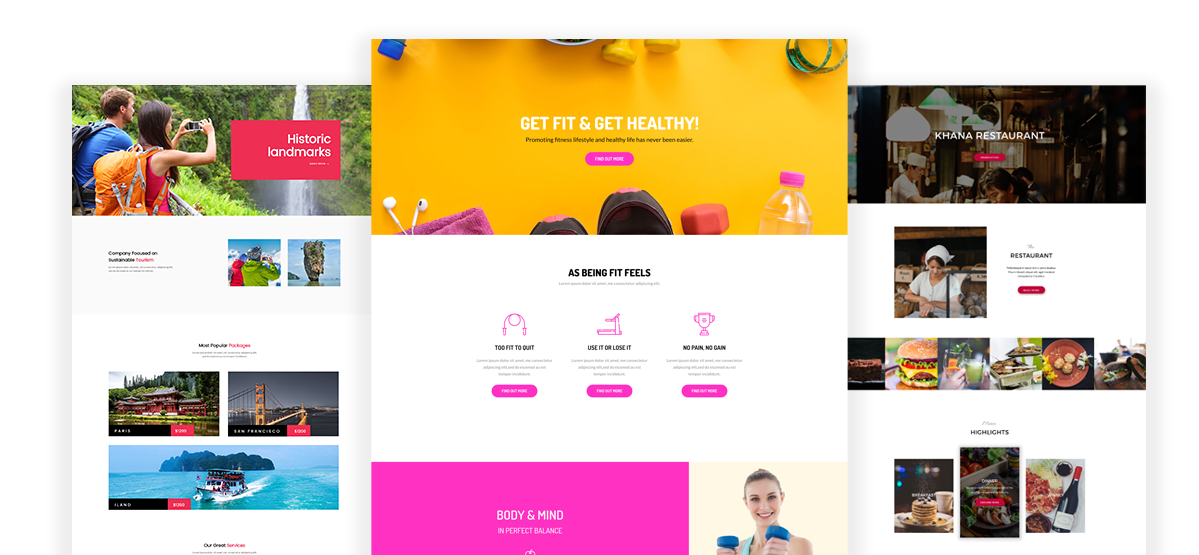

- #Custom product builder theme code#
- #Custom product builder theme download#
- #Custom product builder theme free#
#Custom product builder theme code#
After that, you will see the popup window at the right bottom corner with the instructions for font embedding like this:Ĭopy the code and paste it to the customproductbuilder.css asset in your theme editor: url(' Lato&display=swap') Īfter that you may use this font for interface customization. Please choose the desired font from and click on "+" sign at the right top corner of the frame. The font that you like is one of the Google Fonts family Once he has the changes saved, he just has to refresh the page to see the results.If you want to change the default font of the Custom Product Builder to yours it is possible to do with two ways: 1. So, in this way, the customer can write some data as part of the requirement in that particular product page. So, for these fields, if we write something into it and put that value into the cart it will be coming up with that value, so when you are in the backend like once the other has placed, you can see all that value you have given over here.

Now over here you can see I have added a few lines, I have added one select box with some values under it. Here I went to the product form, then I’ve added a few lines, these lines add a “Select box” with 7 options in a single dropdown list. Now go to the product section, in the product section it is coming from the product template, here is the product template and the product template form is coming from the product form. I need to go step by step and find the product page where it is just about the description it should be. This is a theme where I have worked so I’m editing this theme. So, I need to find that form and put some input value under this theme. So, how can I do that? In a particular product page, there is a form that opens just before the “add to cart” and ends after it.

Now it’s time to go to the second point that is a drop-down on the product detail page. So this is the way we have entered a metafield using “Metafields master” now we can see it in the frontend and this can be done for multiple products with the same name. Create stunning designs with the built-in tools and visuals of the Design Maker: Versatile Text Tool for your text-based graphics with more than 250 fonts.
#Custom product builder theme free#
I added this to adjust the text below the other keywords, instead of just adding it next to the other words. Effortless design process with free resources. Once you have found it, just open the code and paste your clipboard. Here we have an index, this points that our section is in “Product-template.liquid”, so now we know that template it’s already named as section, we have to go there using the same list on the left side to Templates, and then Product-template.liquid. Now you need to go to the Themes section once you are there, you have to click on actions to open the dropdown list, now just click on “Edit Code” and this will enable the code tool. After this, go to the page you want to customize, open the product Metafields master, go to the products section, search for the product, open the product and you can see over here there is no meta-tag created so you have to create a new one, fill in the blanks according to the product features and click on “Save” and then copy the written information in the clipboard.
#Custom product builder theme download#
You can download it in the Shopify store, once you have installed it, click on the app and the app tools will appear. So this kind of things we can add in the product details using a Shopify app which its name is “Metafields master”. In the first one the solution is a meta-field, with the use of a meta-field, you can store additional product attributes for a single product, before adding it let’s review how meta-field works there are three things you can add in the meta-field: one is the namespace, another one is a key, the third one is a value. These two things can be achieved separately. Here’s a doubt about Custom Product Attributes: “An implementation vendor has set up our shop but there are not enough fields to store our product data”.


 0 kommentar(er)
0 kommentar(er)
